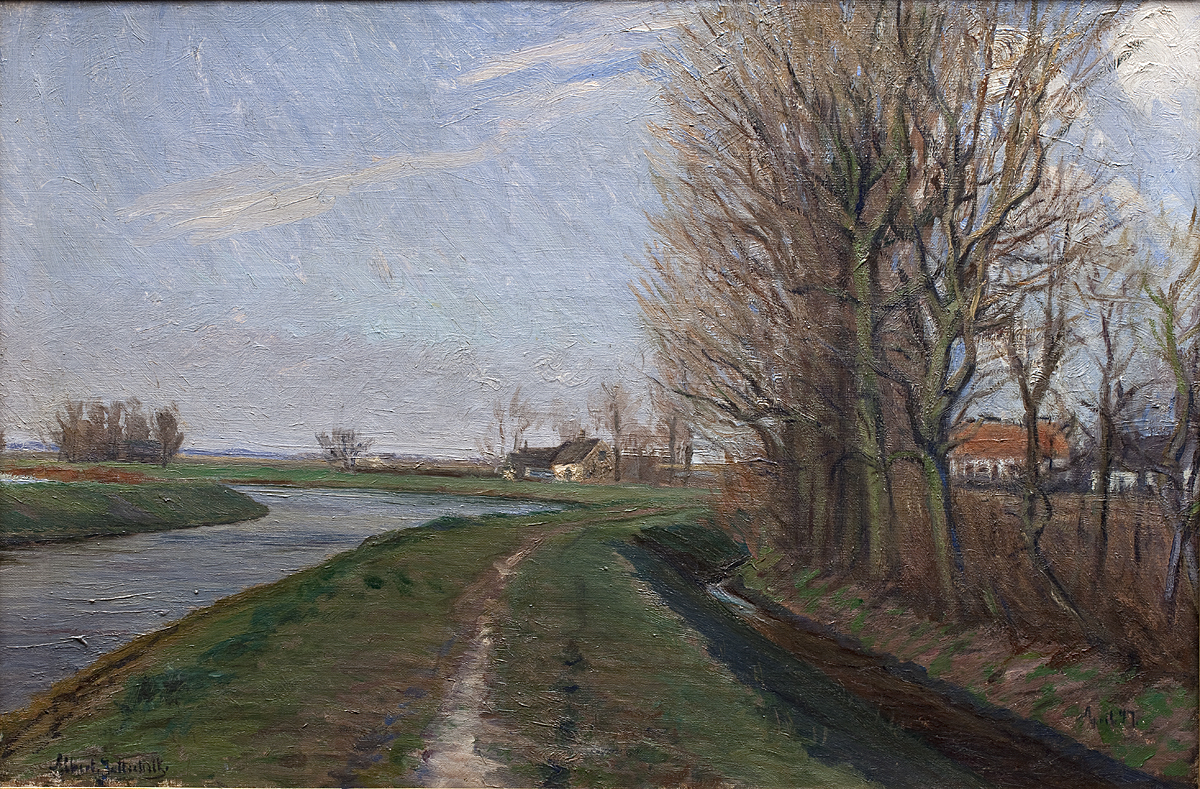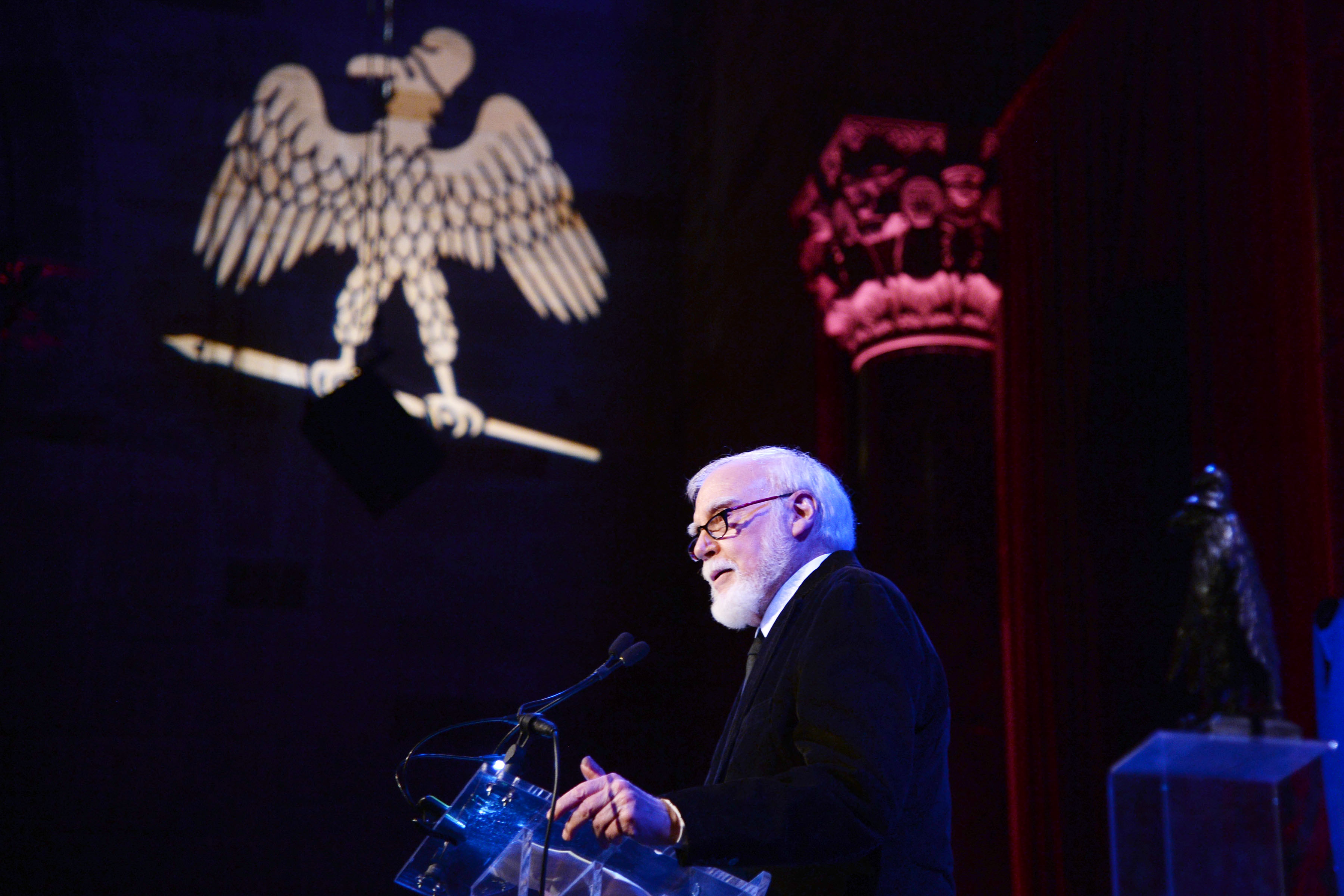A pivotal history of Earth lies submerged beneath the Bering Sea.
Today this frigid strait separates North America and Watch Don’t Believe The Hole OnlineAsia, but geologists suspect when the oceans were dramatically lower a land bridge tied the two continents together — allowing humans and other species to cross into the Americas. Scientists thought the Bering Land Bridge mirrored the dry grassy plains found in the nearby Siberian steppe ecosystem. But new research, employing a vessel's sonar and coring technology, shows the environment was likely dominated by bogs, floodplains, and snaking streams.
The soggy bridge might have allowed some to pass, but not others.
"The watery, wet landscape could have been a barrier for some species, or a pathway for species that actually travel by water," Jenna Hill, a U.S. Geological Survey geologist who coauthored the research, said in a statement. "That’s how this fits into the bigger picture."
SEE ALSO: NASA ventured into the Valley of 10,000 Smokes, a forbidding landThe research, entitled "The Bering Land Bridge During the Last Glacial Stage: Great Grazing or Buggy Bogs?" will be presented at the American Geophysical Union's 2024 meeting.
Before Earth's glaciers dramatically receded and filled the oceans at the end of the last ice age some 11,000 years ago, the bridge was an expansive migration corridor, spreading 1,000 miles from north to south. Humans began crossing over by around 16,500 years ago, which many scientists argue was the earliest (but not the only) migration to the Americas.
Agile, though at times drenched, humans could have skirted ponds and bogs as they slogged westward towards modern-day Alaska. But some larger ice mammals — who never made it across — might have been deterred by the wet region. For example, woolly rhinos never made it to North America, while American camels (who went extinct some 12,000 years ago) and short-faced bears (who inhabited great swathes of North America including Alaska and the Yukon) never made it to Asia.
Even though the bridge was open for business, conditions there may have thwarted much movement. Pleistocene bison made two big migrations into North America. "But DNA analysis shows a fair amount of genetic separation of Pleistocene bison from east and west Beringia suggesting there was only limited movement of bison back west over the land bridge," Pamela Groves, a research scientist at the University of Alaska Fairbanks, previously wrote.
Yet some iconic ice age herbivores still found ways to cross.
"It may have been marshy, but we are still seeing evidence of mammoths," Sarah Fowell, a paleogeologist at the University of Alaska Fairbanks, said in a statement. "Even if it was mostly floodplains and ponds, the grazers were around, just uphill following higher, drier areas."
 A map of Beringia, a vast area periodically exposed during Earth's glaciations. Lighter browns depict once exposed land areas. Credit: NPS
A map of Beringia, a vast area periodically exposed during Earth's glaciations. Lighter browns depict once exposed land areas. Credit: NPS  An artist's depiction of a woolly rhino during the last ice age. Credit: aleks1949 / Getty Images
An artist's depiction of a woolly rhino during the last ice age. Credit: aleks1949 / Getty Images The Bering Land Bridge's boggy environs were revealed by a research cruise aboard the R/V Sikuliaq, an over 260-foot oceanographic vessel operated by the University of Alaska Fairbanks. The researchers used sonar (which bounces signals off the seafloor) to identify low-lying regions of the former land bridge, and then captured sediment cores from 36 different submerged sites, hundreds of feet underwater.
They found sediments from freshwater lakes, abundant egg cases from freshwater fleas, moss leaves, and beyond. The evidence clearly showed a swampy world.
"We were looking for several large lakes," explained Fowell. "What we actually found was evidence of lots of small lakes and river channels."
The new, hard-earned findings will almost certainly stoke more scientific study and debate about this influential Arctic region, and how it helped mold the diverse world we see today.
Previous:Operation Mensch
 Gmail search just got a lot smarter, thanks to AI
Gmail search just got a lot smarter, thanks to AI
 Gunter Grass Is Dead at Eighty
Gunter Grass Is Dead at Eighty
 Listen: An Archival Interview with Tony Kushner
Listen: An Archival Interview with Tony Kushner
 “Mating” Book Club, Part 4: Socialism vs. Capitalism. Fight.
“Mating” Book Club, Part 4: Socialism vs. Capitalism. Fight.
 How to Settle Down with Dystopia
How to Settle Down with Dystopia
 Thomas Morley: My Mistress’ Face
Thomas Morley: My Mistress’ Face
 Judas: No One’s Favorite Apostle
Judas: No One’s Favorite Apostle
 Macaroon vs. Macaron: Cookie Summit 2015
Macaroon vs. Macaron: Cookie Summit 2015
 The Picasso of ... Whatever
The Picasso of ... Whatever
 'The Last of Us' Season 2, episode 5: The spores are here!
'The Last of Us' Season 2, episode 5: The spores are here!
 Notes on Wackiness
Notes on Wackiness
 Macaroon vs. Macaron: Cookie Summit 2015
Macaroon vs. Macaron: Cookie Summit 2015
 Photos from Our 2015 Spring Revel
Photos from Our 2015 Spring Revel
 NYT Connections hints and answers for April 14: Tips to solve 'Connections' #673.
NYT Connections hints and answers for April 14: Tips to solve 'Connections' #673.
 Of Truffles and Holy Week
Of Truffles and Holy Week
 “An American in Paris” Leaps from Screen to Stage
“An American in Paris” Leaps from Screen to Stage
 On Sun Ra, Self Discovery, and Batman
On Sun Ra, Self Discovery, and Batman
 Watch how an old Venus spacecraft tumbled before crashing to Earth
Watch how an old Venus spacecraft tumbled before crashing to Earth
 On Sun Ra, Self Discovery, and Batman
On Sun Ra, Self Discovery, and Batman
'Avengers: Infinity War' and StarJenna Fischer finally reveals what Pam said to Michael during their airport goodbyeSome people watch Netflix's 'Lost In Space' only for the sexy robotBoy Scouts to drop 'boy' from namesake program upon welcoming girlsAustralia pledges half a billion dollars toward the Great Barrier ReefThe best movies coming to your flights in MayRyan Reynolds shared the brutal rejection letter the Avengers sent DeadpoolSomeone found a new copy of 1992's 'Sonic 2' and bought it in 2018Nokia 6.1 looks very fancy for its priceFacebook struggles to move past Cambridge AnalyticaHere's what you need to know about NASA's InSight mission to MarsThe ultimate gift guide for college gradsCouple creates mesmerizing fiber optic star ceiling based on their future daughter's due dateGo to infinity and beyond with this 'Toy Story'Apple is selling fewer iPhones, but it's making tons of moneyGoalkeeper with Homer Simpson meme shirt has won all of soccer foreverNew kids' book teaches parents how to talk about racism, police shootings'Avengers: Infinity War' and StarSome people watch Netflix's 'Lost In Space' only for the sexy robotWhoops! F8 website crashes as Facebook’s biggest event of the year starts Love Songs: “She Will Be Loved”? by Clare Sestanovich 169 Square Feet in Las Vegas by Meg Bernhard The Blackstairs Mountains by Colm Tóibín Love Songs: “Aguacero” by Carina del Valle Schorske The Review Celebrates Seventy with Fried Eggs by the Canal by Matthew Higgs Love Songs: “Someone Great” by Daniel Poppick Love Songs: “Water Sign” by Addie E. Citchens It’s Nineteen Seventy Daniel Mason, Marta Figlerowicz, and Malachi Black Recommend by The Paris Review I Could Not Believe It: The 1979 Teenage Diaries of Sean DeLear by Sean DeLear and Brontez Purnell The Written World and the Unwritten World by Italo Calvino Kafka’s Diaries, 1911 by Franz Kafka and Ross Benjamin Porn by Polly Barton The Blk Mind Is a Continuous Mind by Tracy K. Smith The Couch Had Nothing to Do with Me by Maya Binyam Chateaubriand on Writing Memoir between Two Societies by François “Security in the Void”: Rereading Ernst Jünger by Jessi Jezewska Stevens What the Paris Review Staff Read in 2022 by The Paris Review Hello, World! Part One: Eliza by Sheila Heti The Smoker by Ottessa Moshfegh
2.3192s , 10134.3046875 kb
Copyright © 2025 Powered by 【Watch Don’t Believe The Hole Online】,Exquisite Information Network